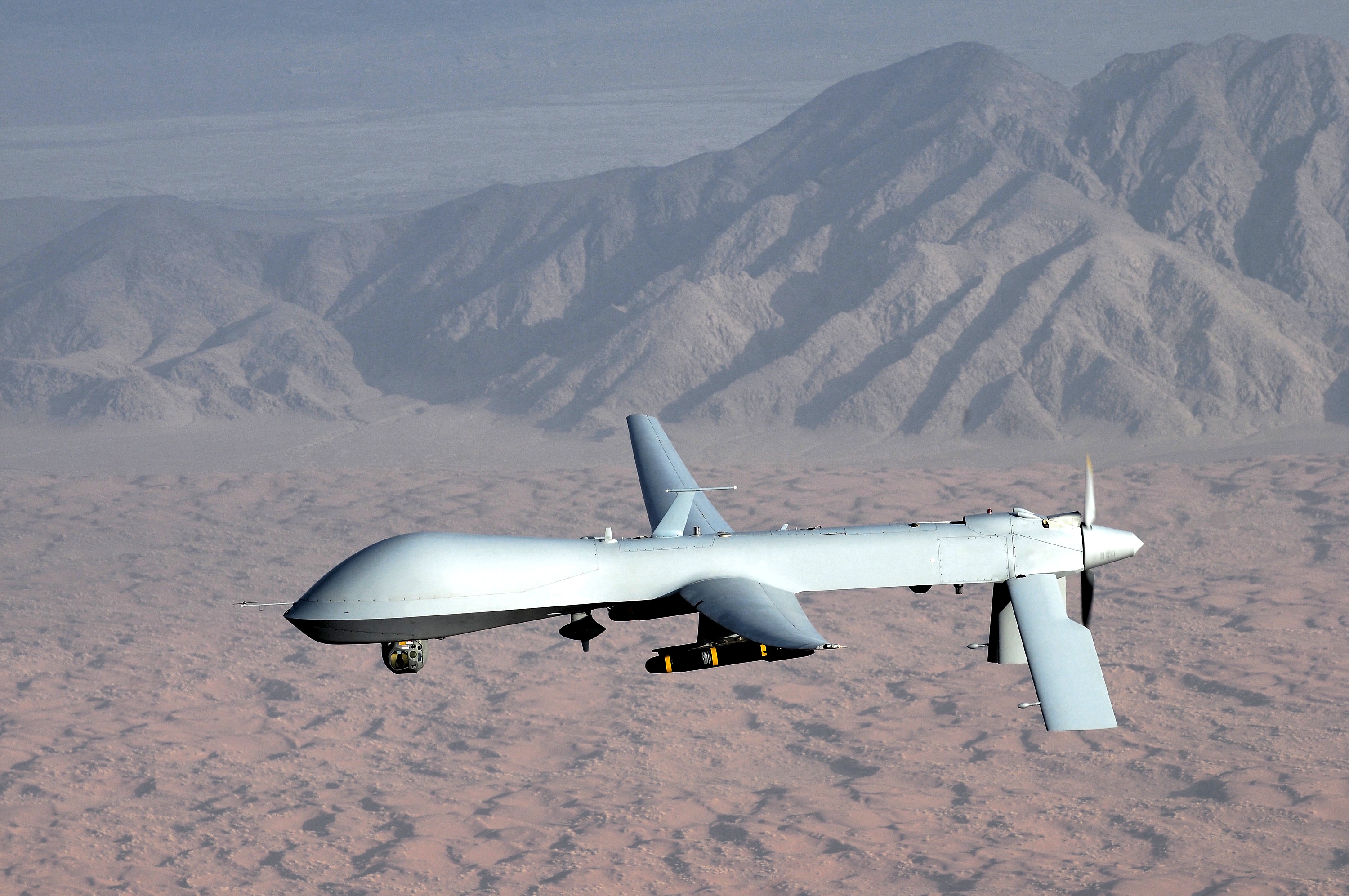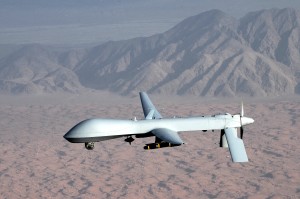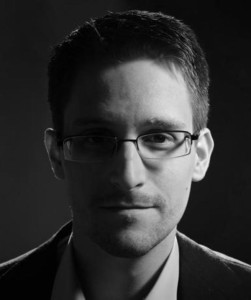The Drone Papers, or Information At Any Cost?

On October 15, The Intercept published a series of article called The Drone Papers. Using several documents leaked by an anonymous whistleblower, the journalists explored the US drone system’s functioning as well as its moral and legal implications. They reached a very critical conclusion: “Washington’s 14-year high-value targeting campaign suffers from an overreliance on signals intelligence, an apparently incalculable civilian toll, and — due to a preference for assassination rather than capture — an inability to extract potentially valuable intelligence from terror suspects.”
These revelations have been then relayed by numerous medias, and some people voiced their will to bring changes to the US drone policy. For example, Steven J. Barela, an assistant law professor at the University of Geneva, put forward the idea of creating a “drone court”, in which the executive branch would no longer have the full authority to order a strike since it would need the approval of the judiciary branch.
As it is usually the case when classified documents leak, The White House refused to comment, and The Intercept refused to give details about their source.
The drone papers
Without entering into too much detail, the series – made of 8 articles – aims at explaining how the US “assassination complex” works. The journalists unveil the lack of transparency of the “kill chain” as well as the lack of accountability of people ordering killings. They offer an insight in the US drone policy in Somalia, Yemen and Pakistan, and reflect upon the “find, fix, finish” doctrine that has fueled America’s post-9/11 borderless war is being refined and institutionalized through the use of drones, night raids, or new platforms yet to be unleashed. These documents lay bare the normalization of assassination as a central component of U.S. counterterrorism policy. In order to support these assertions, examples of blunders are given, and some hidden processes are thoroughly described.

Along with a critique of the opacity of the command chain, these articles are especially pointing at the strikes’ lack of precision. Indeed the government is being held responsible for killing numerous untargeted people (around 90% of the death toll, according to the documents) in drone strikes: “additional documents on high-value kill/capture operations in Afghanistan buttress previous accounts of how the Obama administration masks the true number of civilians killed in drone strikes by categorizing unidentified people killed in a strike as enemies, even if they were not the intended targets.” These imprecisions can be explained in part by to the drone strikes themselves, as they harm the process of intelligence gathering by focussing more on killing potential informers rather than capturing them.
Why publish the Drone Papers?
In order to understand why these documents were published, and why it does not please the White House, we must understand what is at stakes: two different views of what “security” and “transparency” mean. Indeed, in the case of drone strikes, the US government is not against transparency, in principle, as the the U.S. Policy Standards and Procedures for the Use of Force in Counterterrorism Operations Outside the United States and Areas of Active Hostilities states: “The President has also made clear that, in carrying on this fight, we will uphold our laws and values and will share as much information as possible with the American people and the Congress, consistent with our national security needs and the proper functioning of the Executive Branch.” However several examples show that the US drone system is far from being transparent. For example, in April 2015, The New York Times reported that a “signature” strike which killed four terrorists and two hostages – because of a lack of clear intelligence – was made despite “Mr. Obama’s indication in a speech in 2013 that the C.I.A. would no longer conduct such signature strikes after 2014, when American “combat operations” in Afghanistan were scheduled to end. Several American officials said Thursday that the deadline had not been enforced.” Moreover, according to the same report, it took the public a very long time before being aware of this blunder. Knowing this, it becomes clear why newspapers such as The Intercept believe their investigative work has to be published. Indeed the “transparency” promised by the US government does not seem to be automatic. Thus, The Intercept chose to use leaked documents to denounce what their source called an “outrageous explosion of watch listing — of monitoring people and racking and stacking them on lists, assigning them numbers, assigning them ‘baseball cards,’ assigning them death sentences without notice, on a worldwide battlefield”.

Some voiced disapproval, both with regards to these documents and to the way they were published. A strong point of critique has been the “selection bias”. For example, Christine Fair – who also considers some the Intercept’s conclusion are wrong, or at the very least, misleading – explains that “leakers, driven by whatever personal motives, often selectively leak specific documents. Consumers of these documents have no idea of how representative this sample is of all information that exists about the drone program.” She explains that she cannot fully trust The Intercept because the way they collect and use data is not transparent enough. While she understands the leaker’s willingness to remain anonymous for safety reasons, she wonders whether or not he/she who breaks the law must be considered as someone driven by fair and higher motivations. To her it seems that the transparency is not absolute on the journalist’s side either, and this raises the question of their legitimacy, who is in no way rooted in a democratic process.
Protect or inform? A broader dilemma
This is not the first time that leaked documents are published. Just in the five past years, many examples can be found of such leaks, from WikiLeaks’ release of diplomatic cables to Snowden’s revelations. Thus a broad discussion has emerged, usually opposing journalists, claiming to be “pro-transparency” to governments, following a “pro-security” line.

The pro-security believe that whistleblowers and leakers focus on the wrong target, since what society must be protected from is not the government but the enemies of the nation. They consider that people see “a false trade-off between security and liberty”, in the context of anti-terrorist bills. As explained by the conservative political commentator David Frum, “in our time, it is not the selfish who should concern us so much as the hyper-ideological and the naïve, who would misdirect this House and this nation from the real, dangerous, and urgent threats to freedom from extremists and terrorists—and to a false, theoretical, and hypothetical threat from the dedicated police and intelligence professionals who defend that freedom from its true enemies.”
On the other side, the pro-transparency believe security should not be prioritized over liberty, and they believe free access to information is key to counter-balance the government’s power. For example, Micah Zenko reminds that very little has been officially made public about the US foreign policy around the world since 2001, and he believes that “in the absence of aggressive journalism, American citizens would be largely ignorant.” The same argument can be made about the Snowden revelations: do people from the US or France or Germany not have the right to know that they are being spied on? Even if knowing that a spy agency actually spies on people is not the greatest news, the extent to which it did so is impressive: “warrantless wiretaps, the weakening of public encryption software, the collection and warehousing of metadata from phones and e-mail accounts, and the interception of raw Internet communications.”
To what extent should the public be informed?
Shocked by the lack of knowledge people have of the government’s actions, some, such as WikiLeaks, believe information should be fully available to the public. This is why they share every information they manage to collect, without concern for potential risks. For example they did not blur or erase the names of informers, activists and opposition politicians in autocratic countries that appeared in the 2010 leaked diplomatic files. This organization is driven by the idea that “publishing improves transparency, and this transparency creates a better society for all people.”
However, most of the pro-publishing side do not go as far as WikiLeaks. Two questions are often taken into account by the medias: framing, or what to focus on, and what should be made public. For example, according to William Tucker, a senior security representative, framing is key, since he believes “criticism should be focused on actual malfeasance, and not on the flawed analysis of a naive journalist”. The political scientist Rahul Sagar, in Secrets and Leaks: The Dilemma of State Secrecy, sets out five rules leaked documents must follow in order to be of public interest – in other words, five rules for framing: “the disclosure must reveal real wrongdoing or the abuse of public authority, it must be based on evidence rather than hearsay, it must not threaten public safety disproportionately, it must be limited in scale and scope as much as possible, and the leaker must unmask himself and take his lumps to prove that he made the disclosure in good faith and not to gain advantage for himself or his allies.” He also adds that these documents’ disclosure must remain illegal. To the other question – what should be made public – an answer could be to set up clear guidelines on what a news organization would and would not publish. For example, most of the networks that wrote stories using WikiLeaks’ files felt like they had to behave responsibly, and most of them erased some names, and carefully chose what to publish or not, even taking into accounts some of the government’s concerns. Greenwald used similar precautions while publishing the NSA files, in June 2013, by not identifying those who were named.
To conclude, it is important to establish that a free press is necessary to reinforce democracy. However, this free press also has the duty to be responsible, by establishing a balance between freedom and security. Disinformation is not the only way the press can harm people. Over-information is another. In the case of the Drone Papers, it seems that the amount of information given and the respect for security concerns are balanced. Indeed these articles focus on past cases, but are an excellent tool to understand a current aspect of the US foreign policy – one that is not well-known, due to the lack of information Washington is willing to reveal.
